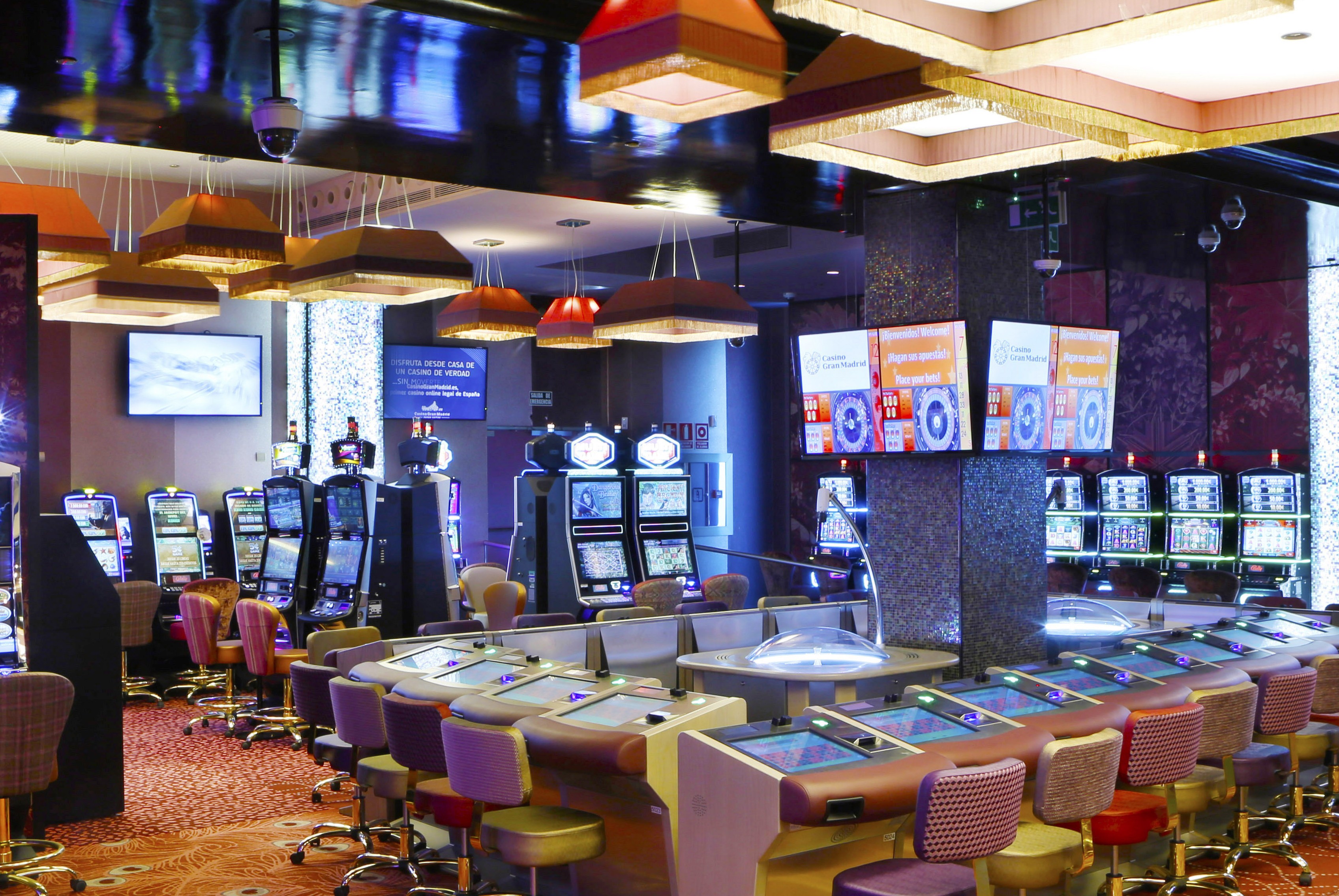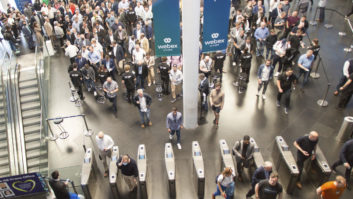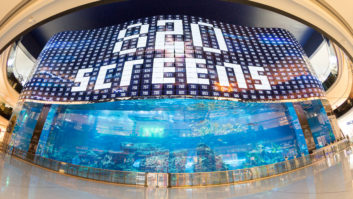
Should integrators offer single-vendor or integrated best-of-breed solutions? There are pros and cons on both sides, says Ian McMurray.
Beyond content and IT integration, a third challenge for integrators entering the digital signage market lies in selecting the hardware, software and content providers with which they plan to work. The growth in the market has led to a dizzying array of potential solutions – and the breadth and depth of those solutions keeps on multiplying.
“There is an abundance of vendors of both software and hardware solutions for digital signage,” notes Carl Rijsbrack, CMO of Barco LiveDots. “There is a lot of functionality that has become available, either as an off-the-shelf ready-made solution, or as a component with which solutions can be built.”
“A fully flexible single platform, providing both software and/or hardware components as offered by Barco, is unmatched and not easily found,” he continues. “Using different component solutions and integrating them requires time and resources and includes risks on return and questionable sustainability given the volatile character of most off-the-shelf commercial solutions.”
Colin Etchells, group technical manager at UK integrator Saville, sees things a little differently. “There is no ‘one-size-fits-all’ solution for digital signage,” he says, “because of the way the market has evolved and grown.”
He has an ally in Craig McQueen, solutions sales manager at NEC. “The key thing to remember when investigating digital signage platforms is that there isn’t a one-solution-fits-all platform,” he adds.
It’s certainly a potential conundrum for a prospective digital signage integrator, with both approaches having their attractions. A single, flexible solution from a trusted supplier may mean less investment in market research, product understanding and integration. Combining the offerings of multiple suppliers potentially offers greater flexibility and greater opportunity for competitive differentiation – but the required investment may well be greater.
Certainly, many believe that one of the key areas of added value for an integrator is being able to recommend the optimum solution from a potentially deep pool of sources.
“The integrator brings together what is best for the customer,” believes Oliver Schwede of specialist digital signage consultancy Invidis. “We often see customers making the mistake of defining the specifications for media players, for example, while not knowing what to show on the screens. It is the integrator’s task to choose the software and hardware that best meets the customer requirements.”
Maria Porco of X2O Media warms to the theme: “Although there can be a single vendor providing an end-to-end solution, more often there will be a number of vendors who are best-in-breed in specific portions of the solution, and they come together to form a complete deployment. It’s important for integrators to understand the strengths of different providers in order to match customer and end-user requirements with the competencies of each party.”
No one disagrees that the integrator can – and should – be vital to the success of a digital signage project, because he can bring distinct value to it.
“At a very basic level, the integrator is a co-ordinator,” says McQueen, “but if he wants to be more profitable he needs to take on a full service role. The more he can build into the package, the more likely he is to win the business and the ongoing maintenance. It is the knowledge and consultancy that is the value add in the integrator’s offering and what puts him at an advantage.”
Inevitably, though, as in entering any new market, as much as there is potential for upside, there is potential for challenges.
“The main pitfall is lack of understanding of the end client’s needs and how their business operates,” claims Etchells. “This is usually compounded by not fully understanding the functionality and merits of the various digital signage systems available and how that may influence the final outcome. Major barriers to larger systems are usually lack of co-operation from IT departments. Having correctly trained and qualified personnel is the first step in combating any difficulties, together with having a demonstrable understanding of client objectives.”
Graham Kirkpatrick of Reflex sees things similarly. “You have to understand the customer’s communication strategy – or take the time to develop one with them – and to understand the benefits they expect,” he says. He also notes the importance of understanding the full portfolio of digital signage solutions, and ensuring that that understanding is kept current.
Schwede points out that the sales cycle for larger digital signage projects can be as long as 18 months – which requires patience.
“Also,” he continues, “most customers don’t have any processes or strategies for communication with digital signage. It’s important for an integrator to start with something that’s not too complex, but reliable and usable. Then, you can go on to develop something more sophisticated.”
So: for an integrator thinking of taking his first steps into the world of digital signage, what other advice can the industry offer him?
“Regardless of the type of solution, it’s difficult to determine what it brings, how easily it can be applied,” says Rijsbrack. “Integrators should be very much aware of this and should be careful in selecting a solution for their customers. Choosing a solution – or vendor/platform – which can serve your business is most crucial and determines your flexibility and sustainability in the end.”
“We’ve seen emerging integrators take the risk of accepting complex projects before seeking vendor assistance in order to ensure that the system’s delivery meets the customer’s expectations,” adds Porco. “From a sourcing perspective, getting to know vendors and their specific strengths is an important first step.”
“Do your research, understand the power of content and take things slowly,” advises Etchells. “Don’t be tempted to roll out a major deployment if this is a new area of operation. Start small and expand slowly.
“And,” he laughs, “promise less – but deliver more.”
“Team up with people who know about concepts and communication,” proffers Schwede. “Concentrate on your core business – installation, hosting, programming and so on. Then, step by step, try to incorporate the knowhow you gain through projects – content creation, template programming and the like – into your own company. Or – if you have the money – buy this knowhow by hiring the right people.”
And finally, Kirkpatrick’s recommendation. “The profitable markets are in companies that see digital signage as a necessity in their industry,” he believes, “and those that maximise their integrator’s knowledge to produce a solution that meets their needs perfectly.”
It seems, then, that digital signage represents a potentially exciting market for integrators – but one to be approached carefully, and with a preparedness to invest time and money in developing both understanding and expertise.
Picture: Casino Gran Madrid, courtesy of NEC
www.barco.com
www.invidis.de
www.nec-display-solutions.com
www.reflex.co.uk
www.saville-av.com
www.x2omedia.com







